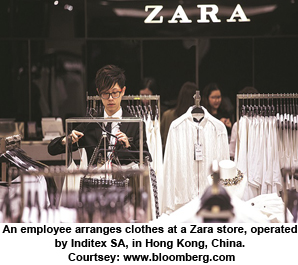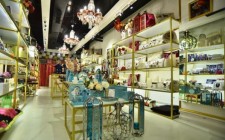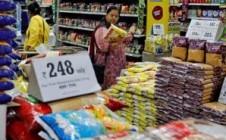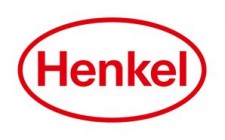Zara's recipe for success: More data, fewer bosses
November 24, 2016
The biggest fashion retailer is thriving as rivals falter
 Deep inside a sprawling glass-and-cement edifice, the size of an airplane hangar in the Spanish town of Arteixo, 10 designers swarm around a model dressed in cropped gray trousers and a double-breasted navy blazer. Sweaters, shirts, and suits are spread out on the white-tile floor, while seamstresses in white labcoats stitch prototypes nearby. “It’s classic, but it’s new at the same time,” says a woman from China. “I’m not sure about the bold patterns,” counters a British woman, dressed in white sneakers and a flowing skirt. Others nod their assent or express doubt.
Deep inside a sprawling glass-and-cement edifice, the size of an airplane hangar in the Spanish town of Arteixo, 10 designers swarm around a model dressed in cropped gray trousers and a double-breasted navy blazer. Sweaters, shirts, and suits are spread out on the white-tile floor, while seamstresses in white labcoats stitch prototypes nearby. “It’s classic, but it’s new at the same time,” says a woman from China. “I’m not sure about the bold patterns,” counters a British woman, dressed in white sneakers and a flowing skirt. Others nod their assent or express doubt.
This international tribe of thirtysomethings is a big part of the success of Zara, the brand that over the past four decades has grown from a single store in the Spanish city of La Coruña into the biggest fashion retailer on earth. As the team debates whether the collection is too plain or too daring, it becomes clear no one is in charge. Juan Mendivil, a menswear buyer, fields opinions, but the decision doesn’t rest with him, and everyone has a say. They finally agree on solid colours and traditional cuts for Europe and bold patterns for China, where sales data indicate such styles are popular.
Unlike rivals such as Gap, H&M, and Primark, Zara has no chief designer, and there’s little discernible hierarchy. Its 350 designers are given unparalleled independence in approving products and campaigns, shipping fresh styles to stores twice a week. Guided by daily data feeds showing what’s selling and what’s stalling, the teams develop fashions for the coming weeks. Every morning, staff in Arteixo divine what’s popular by monitoring sales figures and thousands of comments from customers, store managers, and country directors in cities as far-flung as Taipei, Moscow, and New York.
Zara’s culture isn’t as easily copied as the latest fashion trends, and that partly explains why Inditex, its parent company, is a breakaway success while most global clothing retailers are struggling. American Apparel filed for bankruptcy in November for a second time, sales have fallen at Gap stores, and profit is down at H&M. In contrast, Inditex powered ahead with an 11 percent rise in revenue in the first half of the year. “There isn’t a magic formula,” says Pablo Isla, Inditex’s chairman and chief executive officer. “There are no stars. We are able to react to data during the season, but in the end, what we offer our customers is fashion, and there’s a human element to that.”
Controlled by Spanish billionaire Amancio Ortega, who this year briefly surpassed Bill Gates to become the world’s richest man before falling back to second place, Inditex posted €20.9 billion ($22.2 billion) in sales last year, from 7,100 stores in 93 countries. Other Inditex brands such as Bershka, Massimo Dutti, and Pull & Bear are growing, but Zara still accounts for two-thirds of sales. Ortega hired Isla, a bespectacled former Banco Popular Español executive, as CEO in 2005, but he hasn’t retired. At 80, he still comes to work most days, often sitting in the Zara women’s department, where his 32-year-old daughter Marta works on the commercial team after a stint at Bershka. While he can sometimes be seen walking his dog Pepe in the town square of nearby La Coruña, Ortega remains one of the world’s most secretive billionaires, leaving Isla to oversee Inditex.
One concern for Zara is managing its growth, says Andy Hughes, a retail analyst at UBS. With Inditex’s sales almost doubling since 2009, Isla is adding stores at a slower pace, concentrating instead on a smaller number of flagship locations and its online business. Another concern is that rivals might figure out how to match Zara’s quick turnarounds. “Everyone in the industry is trying to replicate its design prowess,” Hughes says. “No one could match Inditex, but the gap might close.”








